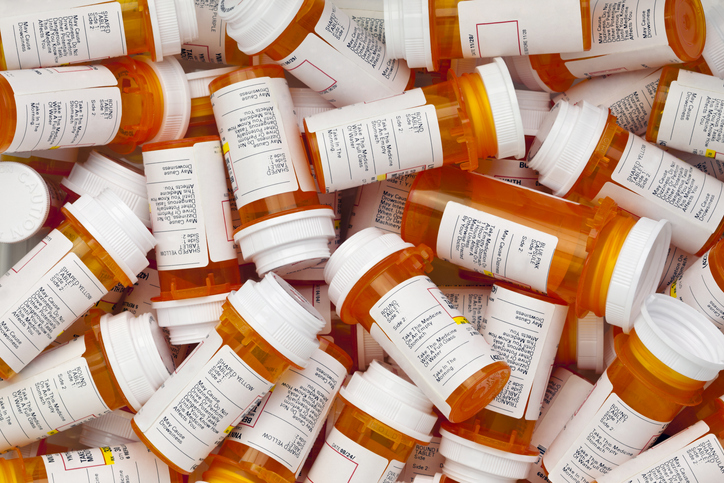How To Improve Prescription Labels For Patient Adherence
Posted by Total Pharmacy Supply on Mar 1st 2023

Did you know that according to the World Health Organization (WHO), a staggering 50% of patients do not take their medications as prescribed? This can lead to dangerous health consequences. The Centers for Disease Control and Prevention (CDC) estimates that non-adherence causes 30 to 50 percent of chronic disease treatment failures and 125,000 deaths per year in the U.S. alone.
In order to ensure patient adherence, it is important that your prescription labels are easy-to-read and understand. Here are ten helpful tips for improving prescription labels:
1. Ensure legibility: Make sure your patient’s prescription is legible and easy to read. Avoid using handwritten labels if possible, as this can be difficult to decipher.
2. Use simple language: Prescription labels should use simple language that patients can understand easily. Avoid medical terms or jargon.
3. Highlight important information: Make sure to highlight any important information, such as dose and frequency of administration, using bold or larger font size.
4. Include directions for use: Provide detailed instructions on how the medication should be taken, including dosage, schedule, method of administration, and warnings/precautions.
5. Use graphics: Including simple graphics can help reinforce instructions and make the label easier to understand. For instance, you could use a pill icon to indicate how many tablets should be taken or a clock face to indicate the frequency of administration.
6. Include a warning sticker: If your medication has any known side effects or drug interactions, consider including a warning label on the bottle. This can help remind patients to discuss any potential issues with their healthcare provider.
7. Provide reminders: Include reminder cues, such as specific days/times or meal suggestions, to help patients remember when to take their medications.
8. Include contact information: Provide your contact information so that patients can reach out if they have any questions or concerns.
9. Make labels tamper-proof: Use tamper-proof labels to ensure that medications are not misused or used by an unauthorized person.
10. Utilize technology: Consider using technological aids, such as mobile phone reminders or apps, to help patients remember when to take their medications and track their progress. Some recommendations you can make to your patients include MyMeds, Medisafe, and PillPack.
By implementing these ten tips, you can ensure that your prescription labels are clear, easy to understand, and effective in helping patients adhere to their medication regimen.
At Total Pharmacy Supply, we offer a variety of patient prescription label products, including patient advisory labels and templates for making your own labels.
